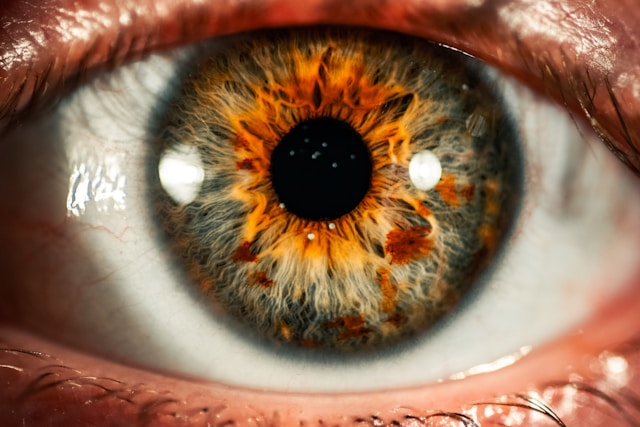Patents enable the innovation that produces new lifesaving treatments while ensuring a competitive market, the top IP expert for the Biotechnology Innovation Organization (BIO) told a special joint information session of the U.S. Department of Justice (DOJ) and Federal Trade Commission (FTC).
Dr. Hans Sauer, BIO’s Deputy General Counsel and VP for Intellectual Property, was on one of two five-member panels invited by the DOJ and FTC to speak, opening the “Listening Sessions on Lowering Americans’ Drug Prices Through Competition.”
Members of the June 30 session highlighted market distortions that drive up prices for drugs, including those from pharmacy benefit managers (PBMs). FTC has jurisdiction over PBMs and is already investigating them.
Sauer’s panel specifically examined the impact of generics and biosimilars on competition. Several panelists maintained that drug manufacturers take advantage of patents to prevent competition from generics and biosimilars, but Sauer called for a more realistic assessment of what’s actually happening.
“Policymakers need to engage more with data and less with narratives,” he said.
For example, the idea that drug companies get extra patents to slow the market introduction of competing generics or biosimilars is anecdotal but not realistic.
“It’s often said that it feels like pharmaceutical companies are getting large numbers of patents on their products,” Sauer said. “I can show you golf balls that have 50 patents on them. So the embedding of multiple innovations in a single product is not unique to the biotech industry.”
Sauer explained that when drug makers apply for new patents on existing products, it’s because there has been an improvement on the product.
“There’s nothing unusual about innovative companies, once their products reach the marketplace, continuing to spend money on the product—to broaden its usefulness in the marketplace, make it more useful for a broader patient population, change it in ways that promote adherence, or even just to manufacture the product in ways that are more cheap, more consistent today than they were 15 years ago,” he said.
Sauer noted that strategies from both sides change, as generics makers seek to enter the market sooner and innovators seek to maintain exclusivity longer, but these efforts seem to cancel each other out.
“The effect is that for 30 years we’ve had a normal market life on the small molecule side of about 13 years for new chemical entities, and it hasn’t really been changing,” Sauer said.
A call for PBM reform
During the second panel of the session, Jocelyn Ulrich, Policy and Research VP at PhRMA, focused on barriers to access and affordability created by PBMs. She explained that three PBMs control nearly 80% of the market and are vertically integrated with insurers, pharmacies, and provider groups, giving them significant influence over which medicines are covered and at what cost. She noted PBMs inflate costs and exclude biosimilars from formularies, which limits patient access to affordable options.
Sauer had made a similar point during his panel, indicating PBMs ultimately drive up prices for patients.
“We have to find a way to unburden patients and share in savings, and that presupposes PBM reform,” he said.
The FTC will hold two more listening sessions, with the next one, scheduled for July 24, focusing on “Formulary and Benefit Practices and Regulatory Abuse Impacting Drug Competition.” The final gathering, scheduled for August 4, aims to summarize the discussions from the first two listening sessions and propose approaches by the FTC for reducing drug prices.
Pictured above, Dr. Hans Sauer, BIO’s Deputy General Counsel and VP for Intellectual Property (center), at the FTC listening session.




